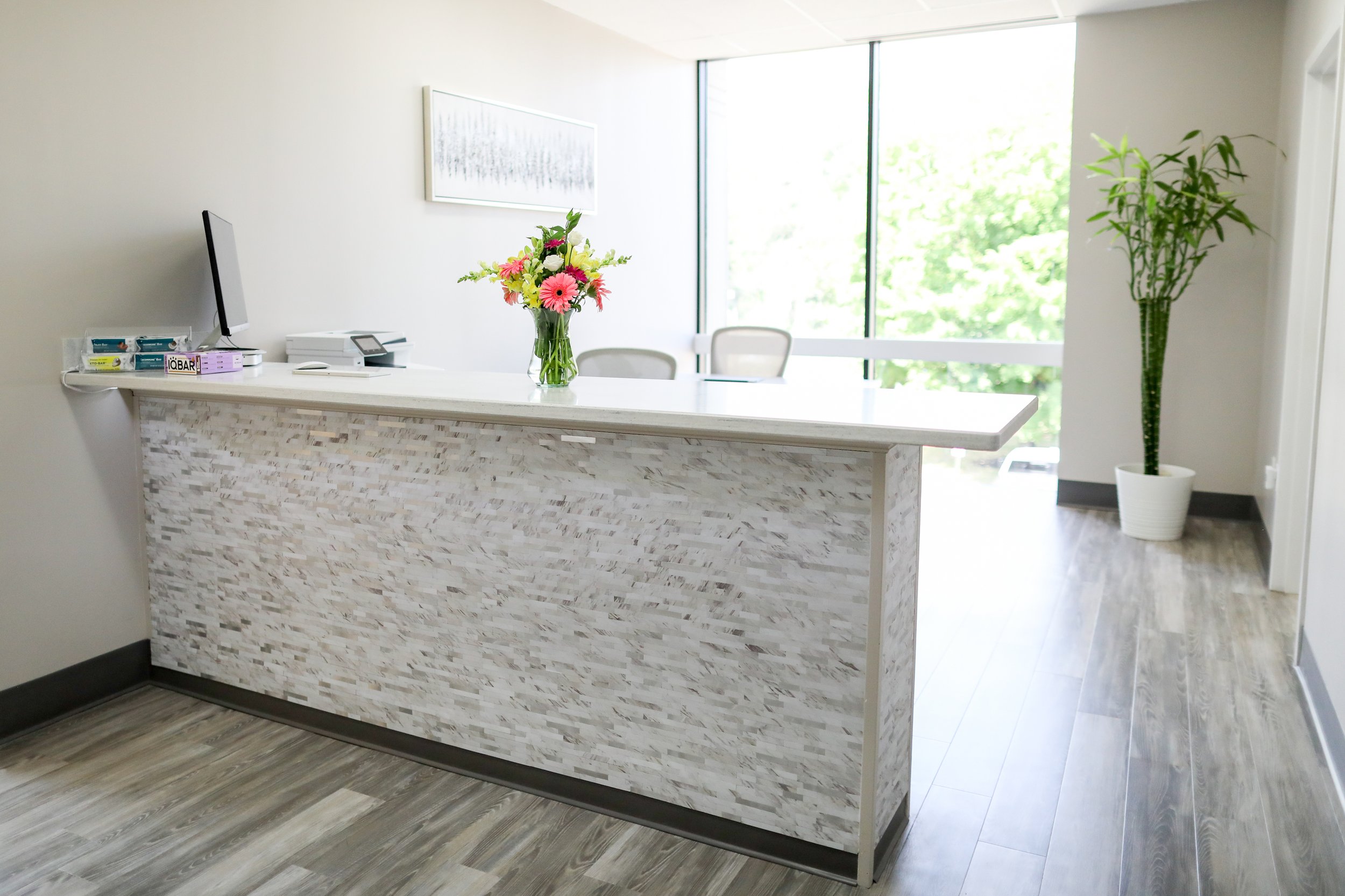Mold Toxicity
Mold toxicity can take a toll on your body and overall health.
If you’ve been exposed to mold and show signs of mold toxicity, there many steps you can take to help rid the mold of your space and your body.
What is Mold Toxicity?
Mold toxicity, also known as mold illness or chronic inflammatory response syndrome (CIRS), occurs after exposure to mold spores and mycotoxins that can lead to a range of health issues. Mold can grow in damp, humid environments and release spores and toxic byproducts that you can inhale or ingest, triggering an adverse response in your body.
What Causes Mold Toxicity?
Common sources of mold toxicity include:
Water-damaged buildings with leaks, flooding, or poor ventilation
Indoor humidity
Organic materials, such as wood, paper, or insulation
Unventilated areas with inadequate airflow, such as basements and bathrooms
Mold Toxicity Symptoms
Mold toxicity can cause a wide range of health concerns, including:
Respiratory issues - chronic coughing, wheezing, and asthma-like symptoms.
Neurological symptoms - headaches, brain fog, memory loss, and mood swings.
Fatigue & weakness - persistent tiredness and muscle weakness.
Immune system dysfunction - increased susceptibility to infections and autoimmune conditions.
Skin irritations - rashes and hives.
Gastrointestinal issues - nausea, vomiting, and diarrhea.
Joint pain - chronic inflammation that leads to pain and stiffness.
Exposure to mold toxins can also disrupt the endocrine system, causing hormonal imbalances like low testosterone levels for men and hormone imbalances for women. Mycotoxins can interfere with hormone production and regulation, causing symptoms like reduced libido, fatigue, and mood changes.
Mold Toxicity Testing
The most important test is finding sources of mold in your environment. Other testing options including urinary mycotoxins, mycotoxin antibodies, inflammatory markers, nares bacterial culture, and nares fungal culture.
Mold Toxicity Treatment
There are several treatment approaches to address mold toxicity, including:
Eliminate Mold Exposure
Identify and remove the source of mold in your living or working environment. This may require professional remediation services to clean and repair affected areas thoroughly. One of our favorite local New Hampshire companies to work with to remediate mold is Purely Green Environmental, LLC.
Body Detoxification
EBOO therapy - our strongest systemic immune and detoxification treatment.
Prescription binders - medications like cholestyramine and colesevelam can bind mycotoxins in your gut and help eliminate them from your body.
Natural binders - professional grade supplements including ingredients such as fulvic acid, humic acid, activated charcoal, and micronized zeolite can help reduce mycotoxin levels in the body.
Liver and kidney support - professional grade supplements that include ingredients such as milk thistle and NAC can assist your body’s detoxification processes.
Sinus Treatment
Mold can infect the sinuses leading to mycotoxin release even when not in a mold environment. Treating the sinuses with mold-killing therapies such as ozone therapy is often key for mold toxicity recovery.
Medical Treatment
We may prescribe anti-inflammatory, immune-modulating, and mitochondrial-enhancing treatments to manage symptoms and accelerate healing such as LDN (low-dose naltrexone) and methylene blue.
Hormone Therapy
If you experience hormonal imbalances like low testosterone from mold toxicity, your provider may recommend hormone replacement therapy.
Lifestyle Adjustments
You can support your overall health and recovery by improving your diet, exercise, and sleep.
Air Quality Improvement
Using air purifiers with UV-C light and dehumidifiers can help maintain a mold-free environment after professional remediation.
Testimonials
The most effective treatment for me has been EBOO Therapy. The biggest things I’ve noticed are increased energy, less neurological symptoms like twitching, and much better sleep.
— B.W. / Lyme Disease & Mold Toxicity Patient
My husband had a fantastic experience under the care of Steve. Tim has been battling mold toxicity from our house and Steve used the EBOO treatment which made him feel so much better. It helped with brain fog and other issues stemming from the mold toxicity. Steve also used the shockwave therapy on Tim's sore back which provided immense relief. We are grateful for Steve's help and highly recommend the AIM Clinic.
— L.B. / Mold Toxicity Patient


